Safety First: 5 Ways Hydroexcavation is Safer Than Traditional Excavation
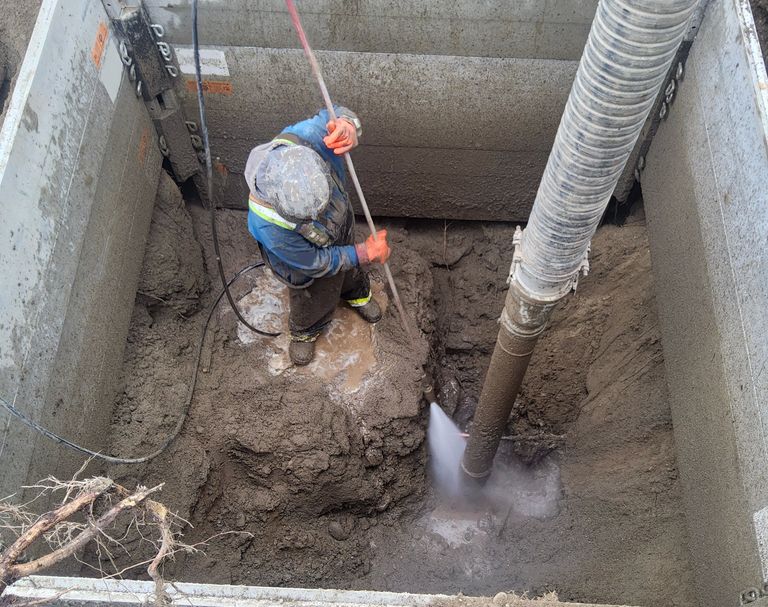
What is hydroexcavation?
Excavation is an arduous task, but it’s also a necessary element of work like landscaping, sign installation, and utility repairs. While spades, shovels, and other equipment can be used for excavation, there’s also a safe and effective alternative.
Hydroexcavation, performed with hydrovac trucks, utilizes water to remove dirt. The purpose of these vehicles is twofold: they spray pressurized water from nozzles, and then they use their powerful vacuums to clean it up.
Here are a few ways these tools are considerably safer than other options.
1. Quick, easy clean up
Construction sites aren’t known for being neat or tidy, and excessive mess can sometimes cause unnecessary hazards. Stray dirt or loose soil may sound harmless, but these things can actually limit worker visibility and even obstruct walkways, leading people to trip.
When you use a hydrovac, there’s no need to worry about leaving behind a mess. Using their hoses, hydrovac trucks suck up debris and collect it into their tanks. Depending on truck size, these tanks can be 12 cubic yards or even larger, so they’re prepared to carry substantial amounts of debris.
By cleaning up messes right away, hydrovacs remove tripping hazards for both workers and pedestrians. This proves that hydroexcavation is far less destructive than traditional excavation for both construction workers and surrounding communities.
Because hydrovacs are equipped with powerful vacuums, workers can simultaneously act as excavators and clean-up crews. This cuts back on costs and time that would otherwise be needed to restore the area, promoting efficiency, cost-effectiveness, and safety.
2. Safety around utilities
Have you ever noticed indoor leaks, flickering lights, or a gas line erupting in hissing sounds? Those are just a few potential signs that utility lines need fixing, and these repairs require workers to break through the ground and access them.
Compared with tools like spades and shovels, hydrovacs are much safer when digging around utilities. Whereas metal tools might strike a gas line (leading to explosions) or damage electrical cables (leading to electrocution), hydrovacs spray water for safer digging. A stream of water is much less likely to cause severe damage than a metal tool is. Hydrovacs are often hailed for their precision, so they’re also less likely to accidentally hit utilities to begin with.
Because hydroexcavation is gentler than traditional excavation methods, it’s also less likely to destroy old, fragile infrastructure like brittle pipes and historical structures. By using a water-based approach, hydrovacs keep workers and utilities safe while still dispersing dirt so they can reach important utilities.
3. Reduced manual labor
When more people are needed on a job, more people are at risk of injury. In many cases, hydrovacs can substantially decrease the number of workers needed for excavation tasks.
When hydroexcavation isn’t available, workers must often turn to manual labor. Long days spent digging can cause back pain and/or strains to the neck and shoulders. Hydrovacs eliminate these risks, creating an overall safer environment for employees.
Another downfall of traditional excavation is that, at times, workers must squeeze into small spaces to continue working. Not only is this process uncomfortable, but it puts workers in danger of experiencing cave-ins or structural collapses.
With hydrovacs on your team, no one will be forced into confined spaces. Hydrovacs have long hoses, some hundreds of feet long, so they can slip into tight spots and continue spraying water to dig.
4. Safety in cold temperatures
When electricity goes down or plumbing fails, bad weather can sometimes delay repairs or force workers to venture out into the freezing cold. When dirt freezes, it can even damage or break more traditional tools upon impact.
Luckily, hydroexcavation allows repairs to continue as normal. Using pressurized heated water, hydrovacs disturb the ground’s surface even when soil is frozen solid. This capability lets workers remain inside the truck and out of the cold, preventing frostbite and reducing discomfort.
Hydroexcavation is also much quicker than trying to get through cold dirt with a shovel, spade, or other tool, so workers can fix utility lines in a hurry. When you need to start digging in chilly conditions, try using a hydrovac instead of turning to traditional excavation–the results are sure to impress you.
5. Protection from hazardous spills
When environmental spills occur, the clean-up process can be more dangerous than the incident itself. Environmental spills may be sewage, cleaning detergents, or oil, and interacting too closely with these materials can lead to negative health effects.
Specialized hydrovacs with filtration devices are used to clean up communities in the aftermath of disastrous environmental spills. By securely vacuuming debris like fuels, chemicals, and other potential hazards, hydrovacs make sites safer and keep workers out of harm’s way.
When catastrophes strike, hydrovacs have the capabilities needed to save the day.
Dig safely with Summit Truck Equipment
When you choose to dig with hydrovacs, you’re choosing to dig safely. Whether you need a single hydrovac or a whole fleet, you can check out the high-quality hydrovac trucks available on our website or stop by one of our locations today for a better look.
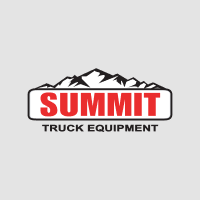




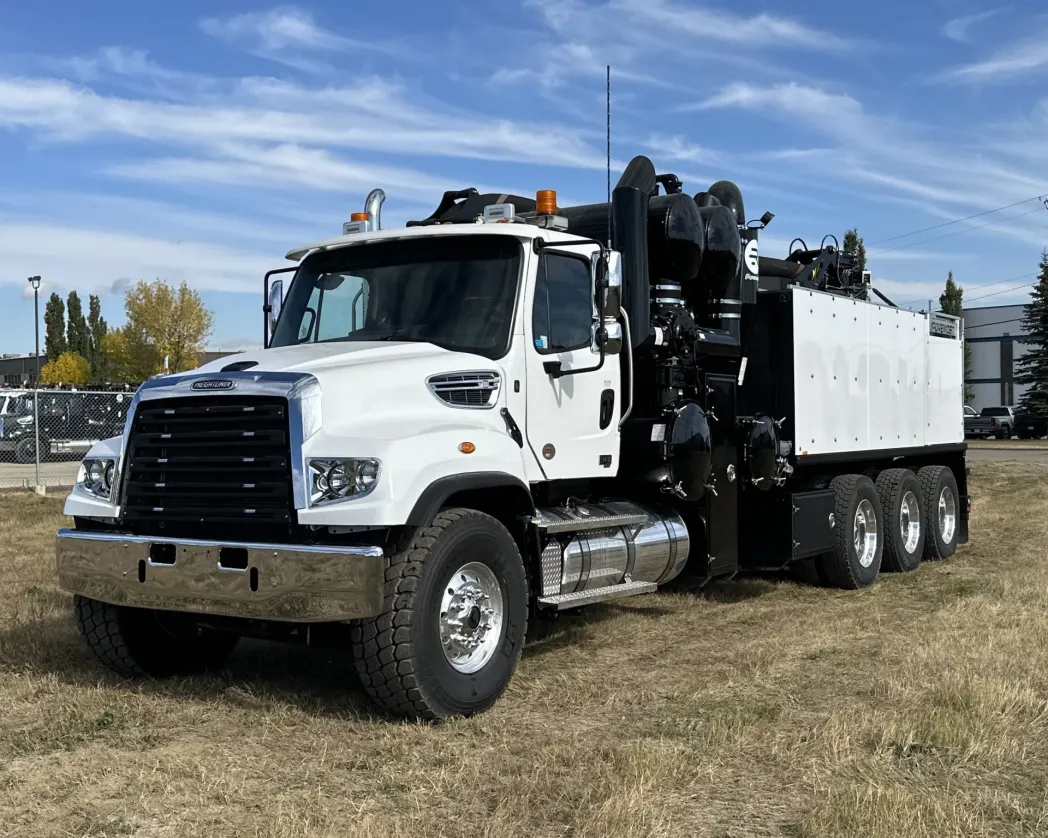




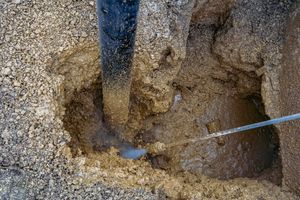

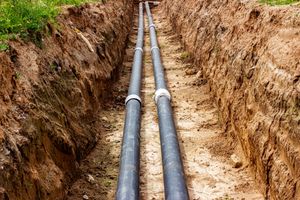
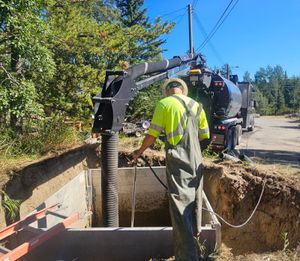


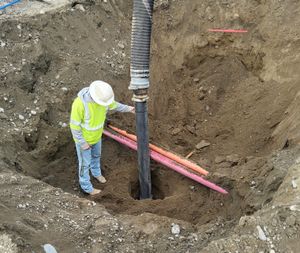
Share
Email
Facebook
SMS
Twitter